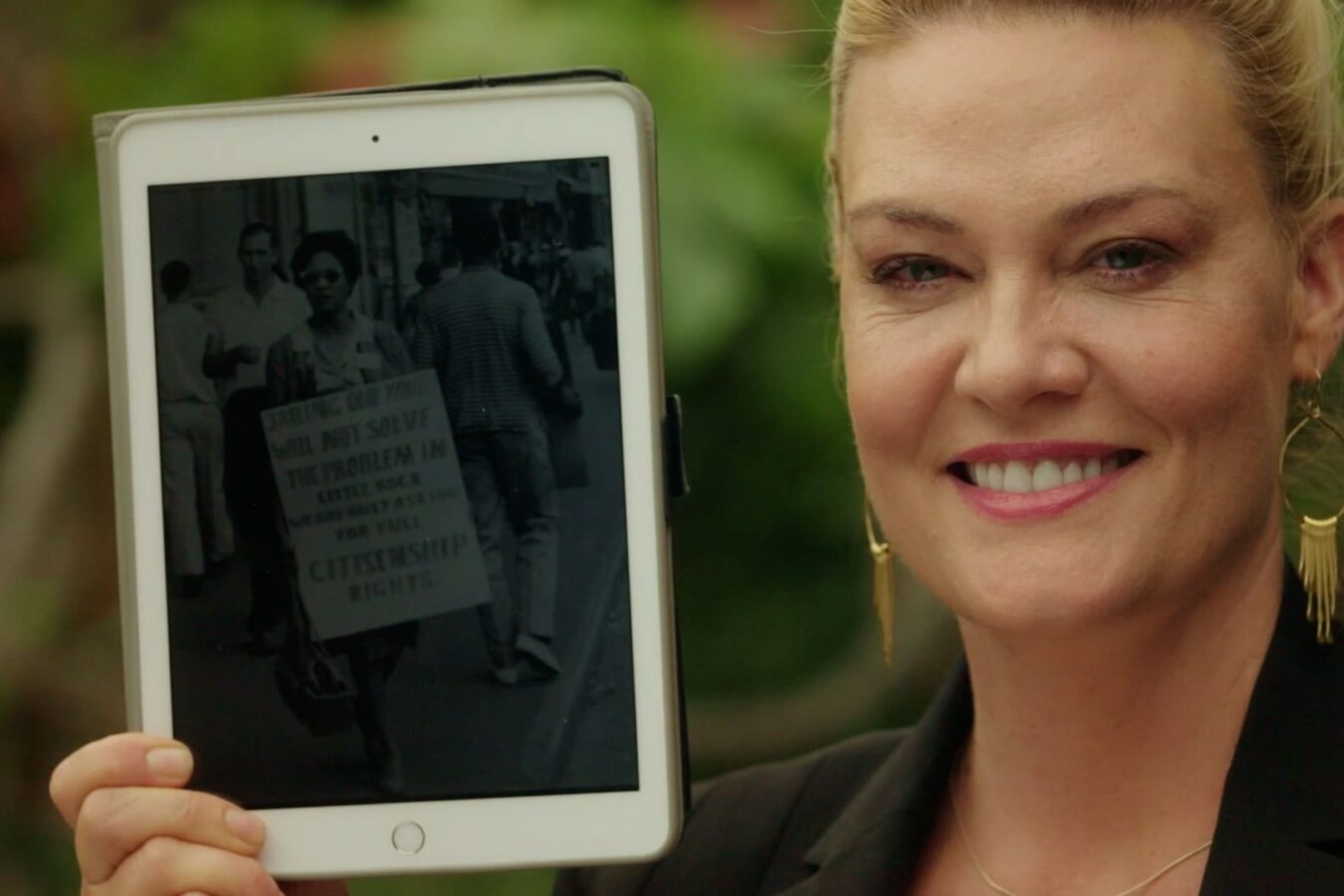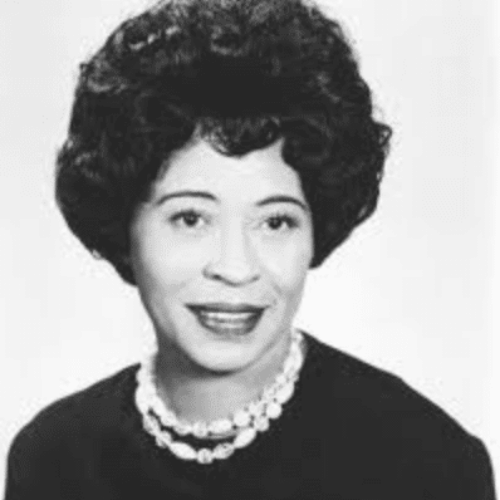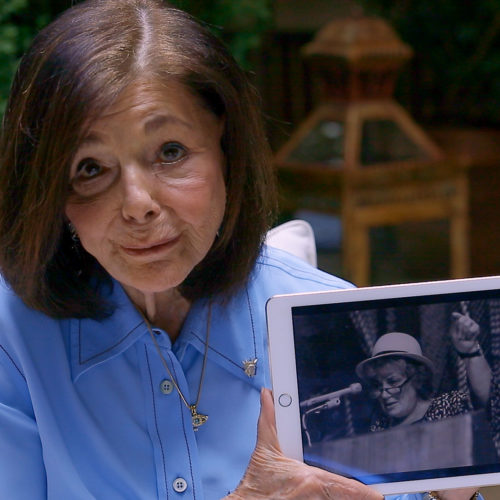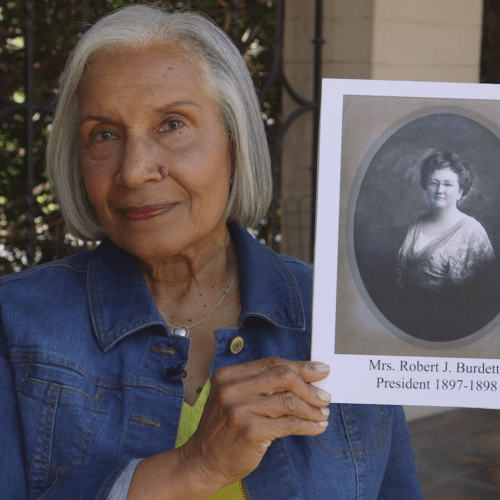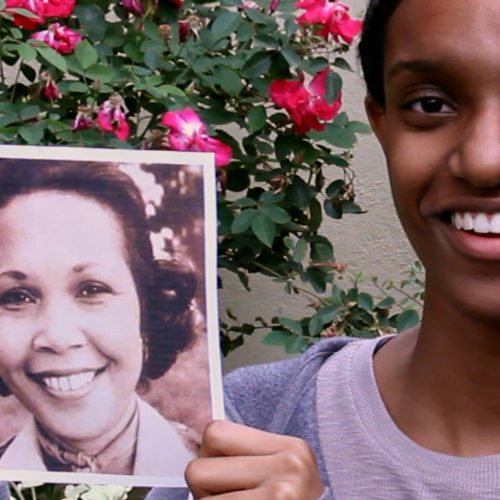Daisy Bates was born in Huttig, Arkansas, on November 11, 1914. After her mother was murdered and her father abandoned her, Daisy was cared for by her late mother’s close friends. Her mother’s death was a pivotal moment in her life; when she realized that her mother’s killers were three local white men who were never prosecuted, her fire for justice was ignited. With her husband, Daisy started one of the first African American newspapers dedicated to the Civil Rights Movement called The Arkansas State Press. In 1957, Daisy played a key role in the integration of Little Rock Central High School. She served as a mentor and advisor to the nine African American students who became known as the Little Rock Nine, helping them navigate the violent opposition from white segregationists and the media attention that surrounded their enrollment in the previously all-white school. Daisy’s advocacy work extended beyond education. She was active in the NAACP and helped organize the 1960 Youth March for Integrated Schools in Washington, D.C. She also worked on voter registration drives and led efforts to desegregate public facilities in Arkansas. Daisy died on November 4, 1999 in Little Rock, at the age of 84. Daisy’s contributions to the Civil Rights Movement were recognized with numerous awards, including the Spingarn Medal from the NAACP and the Presidential Medal of Freedom, which she received posthumously in 1999. Her legacy continues to inspire activists today, and she is remembered as a trailblazer who fought tirelessly for racial justice and equality.


